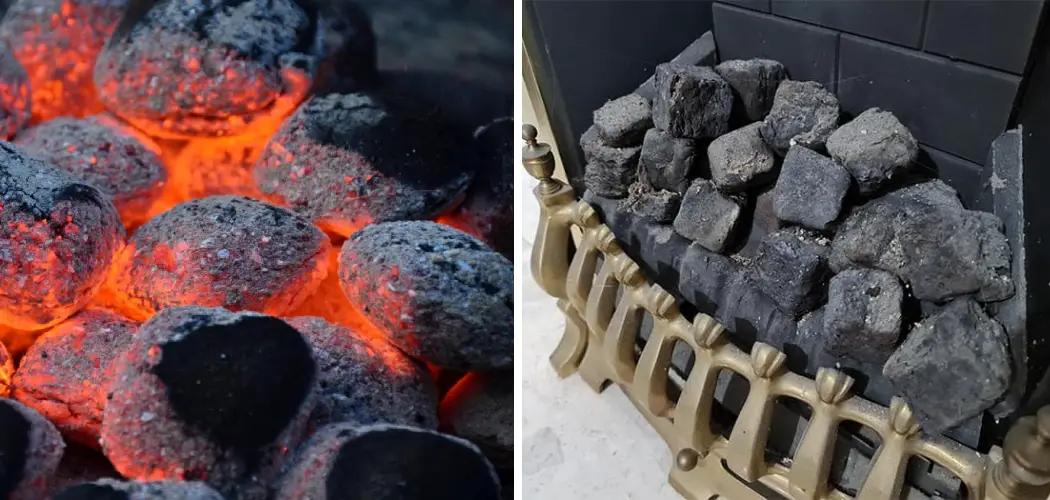Creating a convincing imitation of coal can serve as a unique and intriguing addition to various artistic and decorative projects. Whether you’re aiming to replicate the rugged beauty of coal for a theater production, craft a striking Halloween display, or add an industrial edge to your home decor, mastering the art of making fake coal is a rewarding endeavor.
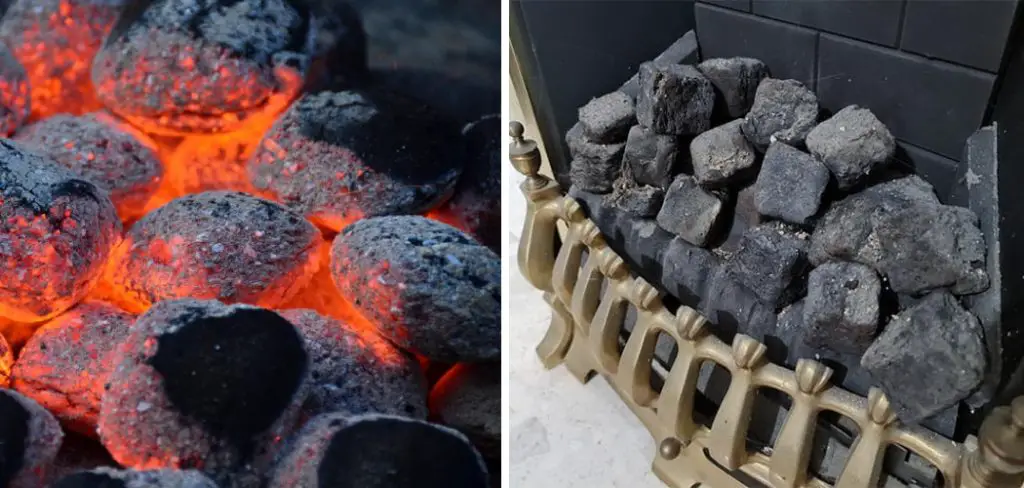
This article delves into how to make fake coal, unveiling ingenious techniques to craft artificial coal that captures the essence of its authentic counterpart. From blending materials and molding shapes to employing texturing and finishing touches, each step is a brushstroke in the art of illusion.
Join us as we explore the methods and secrets behind producing fake coal that astounds with its realism and versatility, lending an unexpected touch of intrigue to your creative ventures.
The Uses and Applications of Fake Coal
Fake coal is often used in decoration and display, for example in theatrical set pieces or in home decorations. It can also be used to add an extra layer of realism when building a model train scene or a realistic pirate ship. Fake coal can make the difference between a bland display piece and something truly eye-catching!
In addition, fake coal has other less obvious, but still important applications. For example, it can be used to protect and insulate electrical equipment such as transformers, switches and panels from the heat generated during operation.
Fake coal can also act as a fire retardant to help prevent sparks from igniting combustible materials or acting as an alternative to water in some fire extinguisher systems.
Finally, fake coal is becoming a popular choice as an energy storage solution. Its light weight and low cost make it well suited to storing electrical energy over the long term, while its high thermal insulation properties help keep that energy stored for extended periods of time.
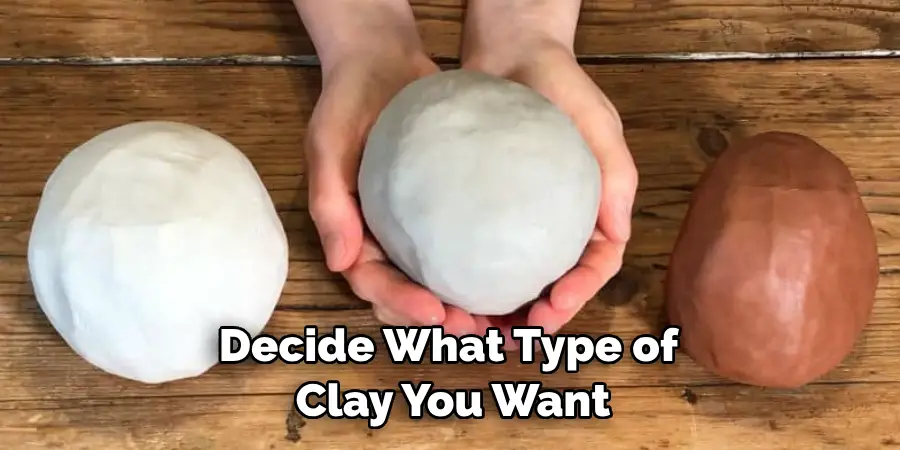
Creativity and Practicality behind Crafting Artificial Coal
Artificial coal or fake coal is an easy and creative way to craft something unique. It can be used for various projects, from props in plays to decorations around the home. It is also a great way to bring a touch of history into your life. Whether it’s for practical applications or just a fun craft activity, making artificial coal requires a few simple steps.
The most important part of creating artificial coal is in the preparation. You will need to decide what type of clay you want to use for the base and determine how much of it you need. There are many different types available on the market, from terracotta clay to oil-based clays, and each has its own unique properties. After you have your clay, you will need to roll it out and shape it into the desired size.
Next comes the coloring process. This is where things get creative. Choose between different colors of paint or even use coal dust to color your artificial coal. Once the coal has been colored, sprinkle a bit of glitter for added shine and texture.
10 Methods How to Make Fake Coal
Method 1: Paper Mache and Paint – Crafting Depth and Texture
Embark on your faux coal odyssey by sculpting paper mache into the core shape. Carefully tear newspaper into small strips and mix a paste of flour and water. Apply layers of paper over a chosen base form – be it a balloon or a wire structure – and let it dry to establish the coal’s initial form.
Once set, layer a base coat of matte black paint to establish the foundation. Gradually build depth and texture by layering varying shades of gray and black paint using brushes, sponges, or even your fingers. This method yields a tactile and visually captivating representation of coal’s rough and uneven surface.
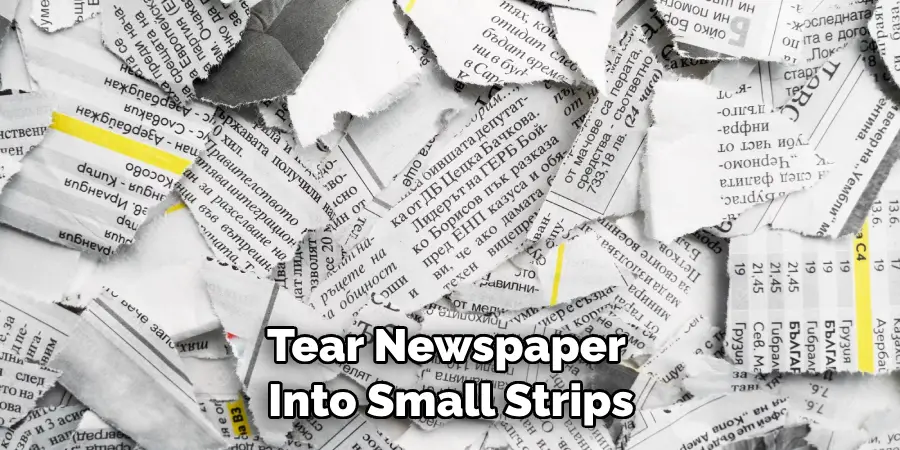
Method 2: Polymer Clay – Sculpting Realism
Polymer clay unveils a realm of possibilities for crafting lifelike fake coal. Choose a blend of black, gray, and brown polymer clay, and knead them together to achieve a marbled effect reminiscent of genuine coal.
Shape the clay into irregular chunks, mimicking the coal’s natural variation, and bake according to the manufacturer’s instructions. Post-baking, consider lightly sanding the edges to enhance texture and further mirror the coal’s authentic appearance. This method allows for meticulous detailing, resulting in a remarkably realistic representation.
Method 3: Foam and Paint – Lightweight Precision
Foam serves as a lightweight canvas to sculpt intricate coal-like structures. Begin by carving foam blocks into coal-shaped formations using craft knives or hot wire cutters. Focus on carving irregular edges, crevices, and surface imperfections to mirror the coal’s unique texture.
Apply a base coat of black acrylic paint, gradually layering varying shades of gray and black to achieve visual depth. Experiment with dry brushing metallic paints to impart a subtle sheen that emulates coal’s inherent luster. The lightweight nature of foam allows for detailed manipulation and precise texturing.
Method 4: Rock Salt and Paint – Capturing Natural Sparkle
Discover the intriguing texture and sparkle of coal with the rock salt and paint technique. Mix black, gray, and metallic paints to create a textured paint concoction. Dip rock salt crystals into the paint mixture and allow them to dry.
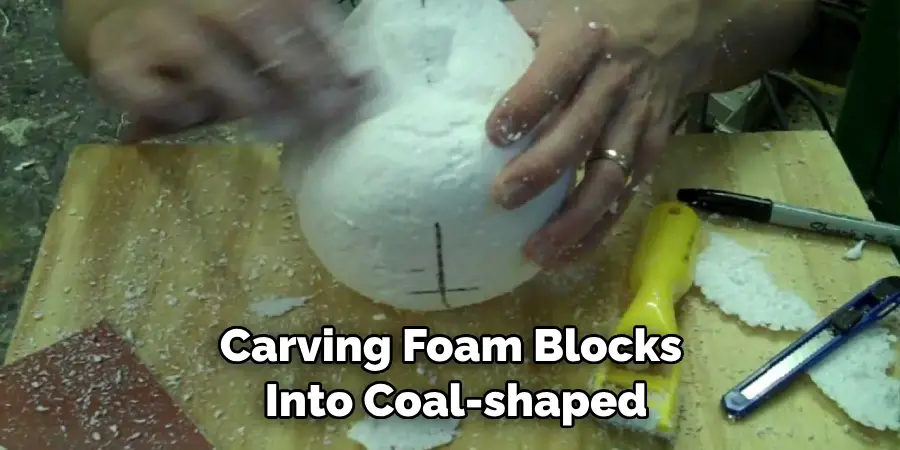
Layer additional coats of paint to intensify the color and texture, resulting in a fake coal that captures the captivating sparkle of its natural counterpart. This method offers a tactile experience, highlighting the granular texture that makes coal visually distinctive.
Method 5: Soap Carving – Unexpected Versatility
Soap carving unveils an unexpected yet effective approach to crafting fake coal. Opt for a dense, dark-colored soap and employ carving tools or everyday kitchen utensils to sculpt the soap into irregular coal-like forms.
Embrace the opportunity to carve jagged edges, crevices, and rough surfaces to authentically mimic the coal’s unique texture. The inherent opacity and color of soap contribute to a remarkably convincing visual illusion, and its lightweight nature facilitates intricate detailing.
Method 6: Recycled Materials – Sustainable Creativity
Infuse your fake coal creation with sustainability by repurposing materials. Collect discarded cardboard, egg cartons, and other recyclables to construct a base structure. Envelop the structure with layers of black and gray tissue paper, adhering them using a watered-down glue mixture.
Once dry, apply matte black acrylic paint to the surface, expertly adding shading and highlights to achieve a realistic appearance. This method weaves environmental consciousness into the creative process, yielding a visually appealing and socially responsible result.
Method 7: Concrete and Pigments – Industrial Elegance
For an industrial aesthetic, consider the fusion of concrete and pigments to craft fake coal. Mix concrete with black and gray pigments, tailoring the blend to attain the desired coloration. Pour the mixture into silicone molds or sculpt it by hand into coal-like forms.
As the concrete cures, sand the edges and surfaces to create an artfully weathered appearance, evoking coal’s rugged charm. The weight and texture of concrete contribute to a distinctly realistic representation that is visually engaging and artistically expressive.
Method 8: Foam and Resin – Captivating Depth and Gloss
Merge foam and resin to create fake coal with captivating depth and luminous shine. Carve foam blocks into coal shapes, and subsequently coat them with a thin layer of resin. As the resin dries, it forms a glossy surface reminiscent of coal’s inherent sheen.
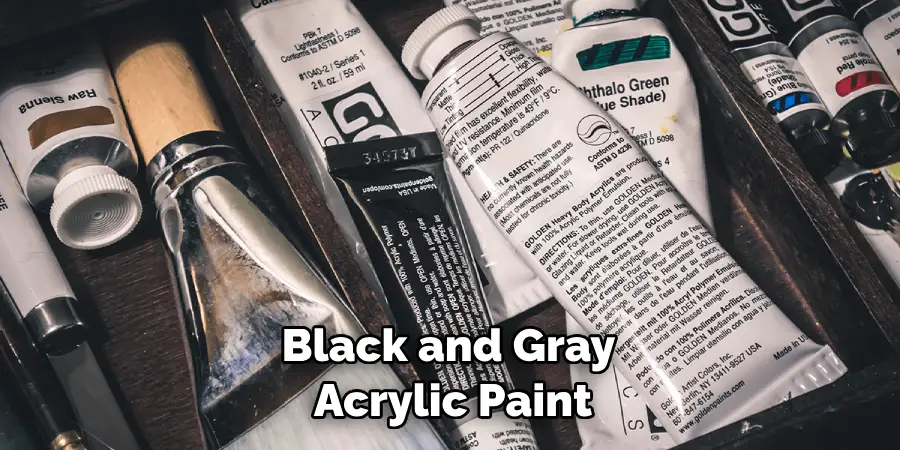
Applying shades of black and gray acrylic paint enriches the texture and color variation, resulting in a visually striking depiction of coal’s intricate layers. This method offers a multi-dimensional perspective that engages the viewer’s senses.
Method 9: Felted Wool – Tactile Softness
Discover a softer facet of fake coal through the art of felting wool. Select a blend of dark-colored wool roving and shape it into coal-like forms. Employ a felting needle to compact the fibers, creating a textured and tactile surface.
Enhance the coal’s appearance by lightly applying small amounts of black and gray paint, infusing depth and character. This method yields a tactile, visually appealing, and uniquely soft representation of coal.
Method 10: Wax and Charcoal – Subtle Artistry
Uncover a realm of subtle artistry with wax and charcoal. Melt black paraffin wax and blend it with crushed charcoal, adjusting proportions to achieve the desired color and texture. Pour the mixture into molds or shape it by hand, allowing it to cool and solidify.
A gentle brushing of metallic or gray acrylic paint highlights crevices and edges, adding depth and nuance to the final product. The delicate interplay of wax and charcoal results in a nuanced, multi-faceted depiction of coal that invites close examination.
Conclusion
Making fake coal doesn’t need to be difficult as long as you have the right ingredients and tools. By following this guide, you now know what materials are necessary and how to assemble these pieces into realistic-looking coal. And with a few simple supplies, you can easily turn it into a new decoration for your home, or use it in props for theatre performances or movies.
So now that you have all the knowledge on how to make fake coal, go ahead and give it a try! Who knows, maybe it will become a new hobby and lead to years of craft making fun!

